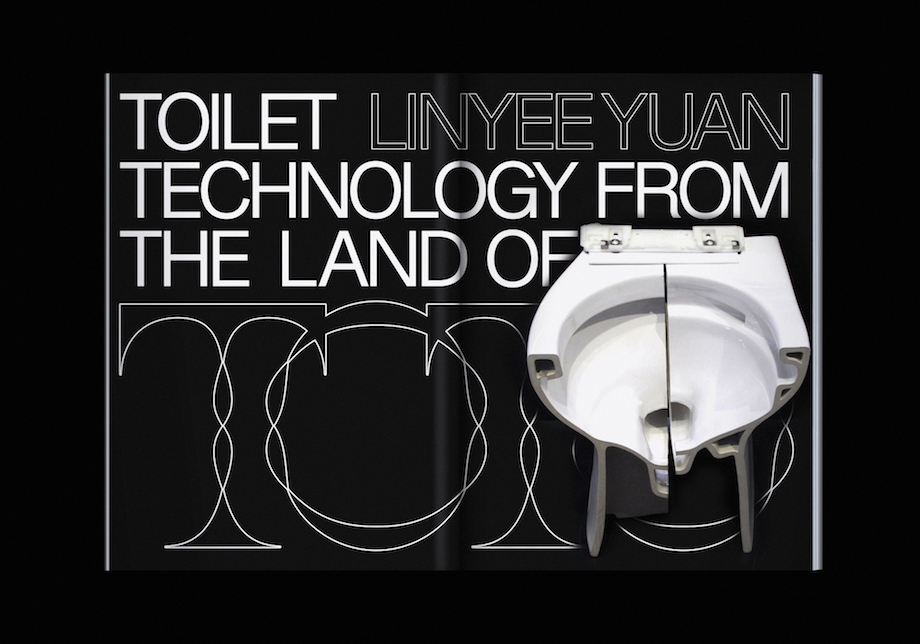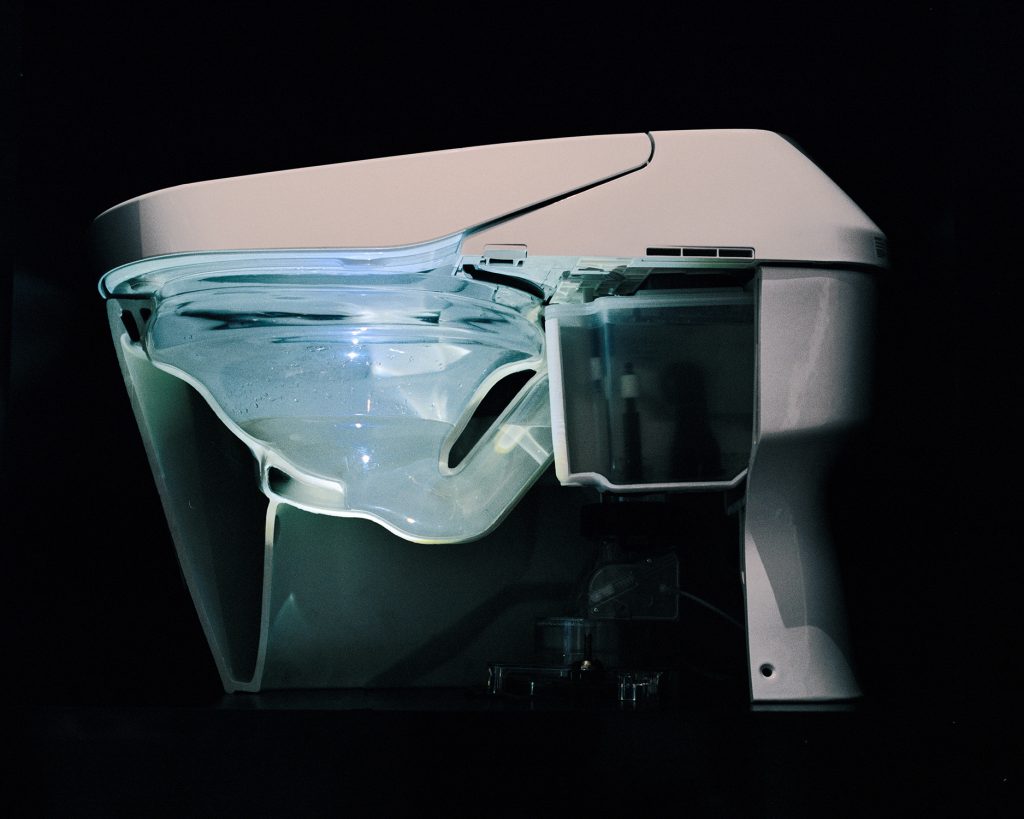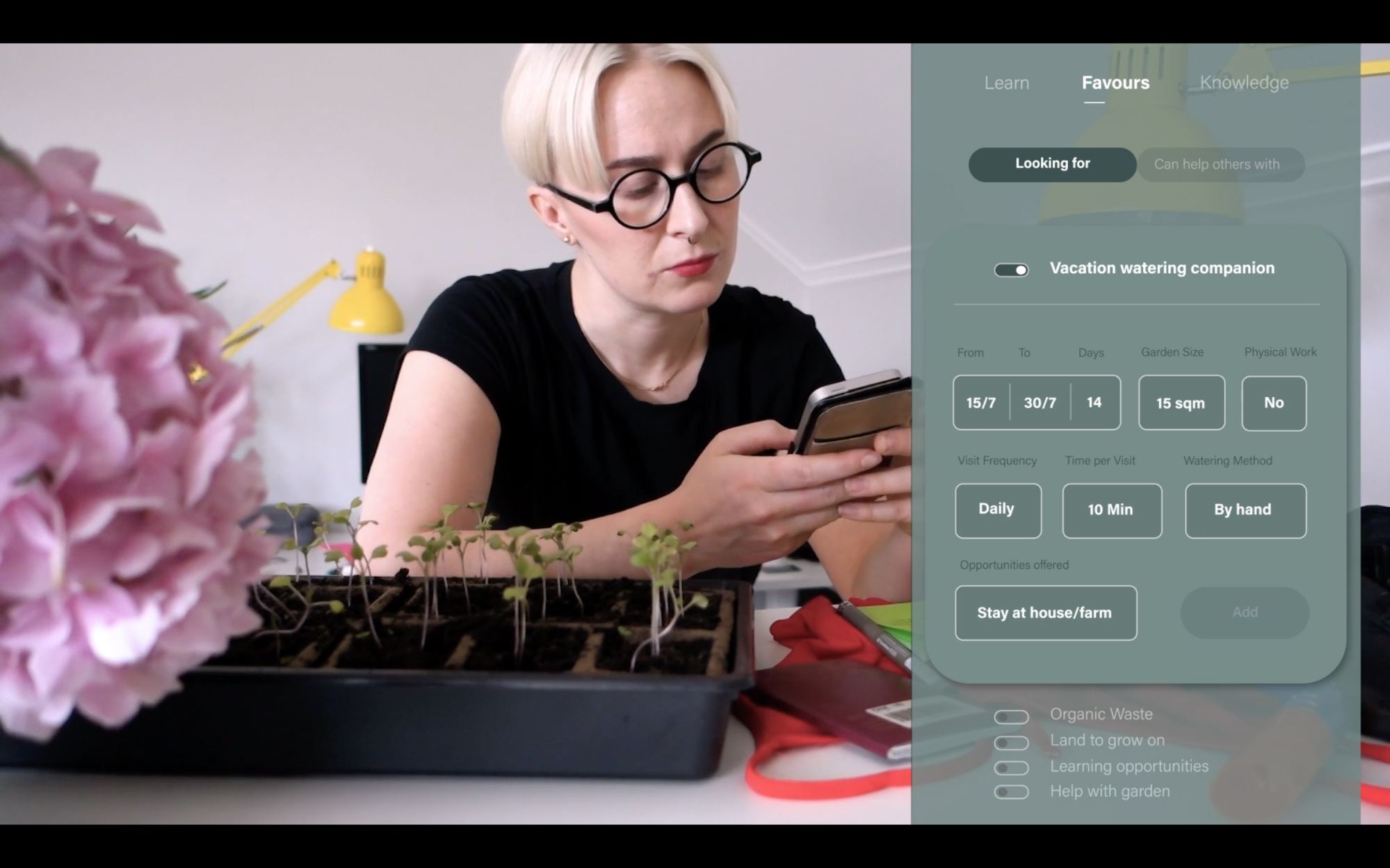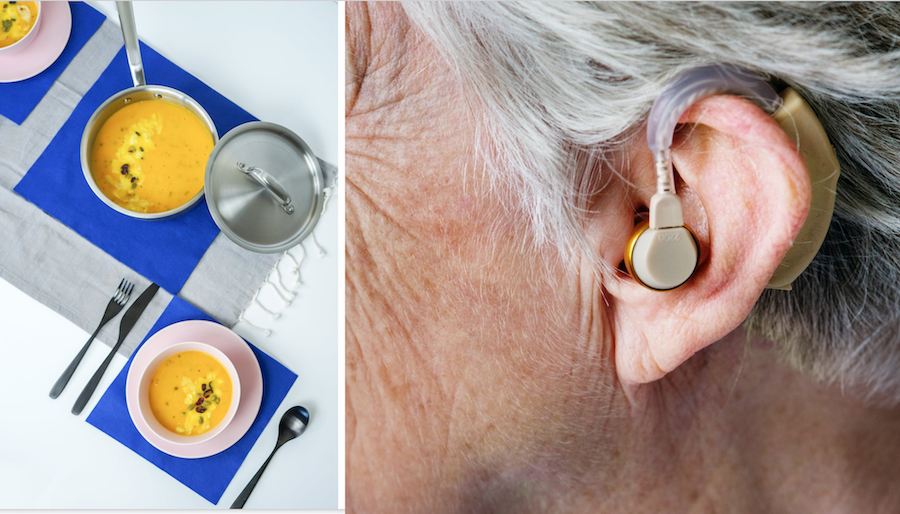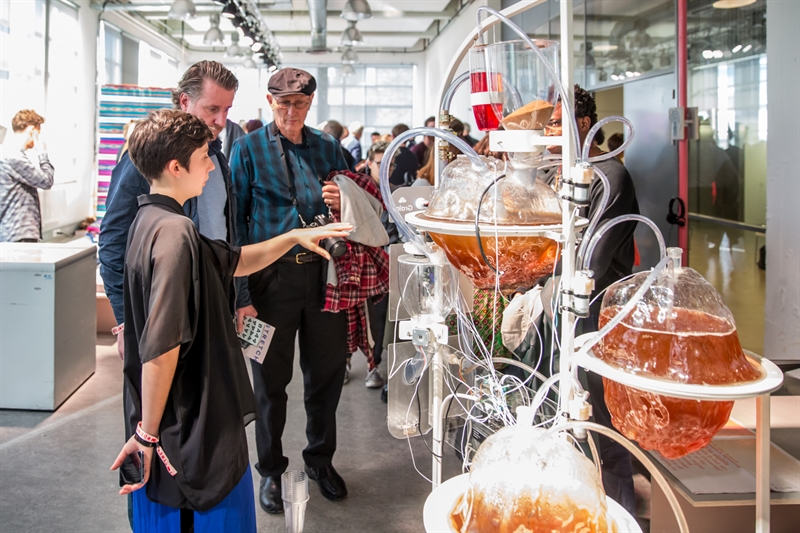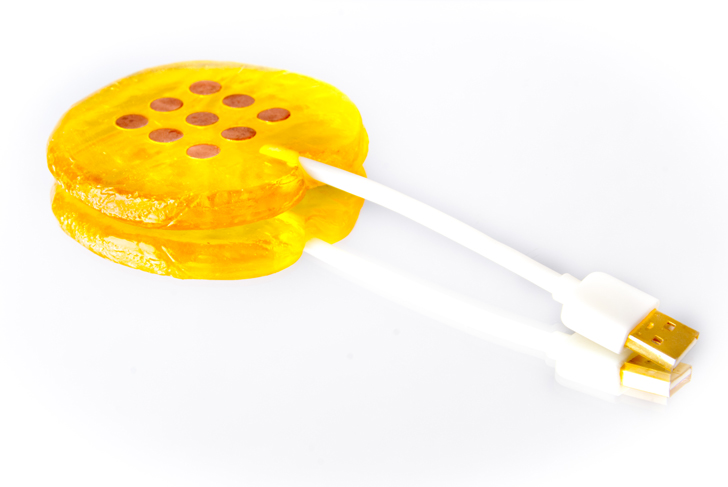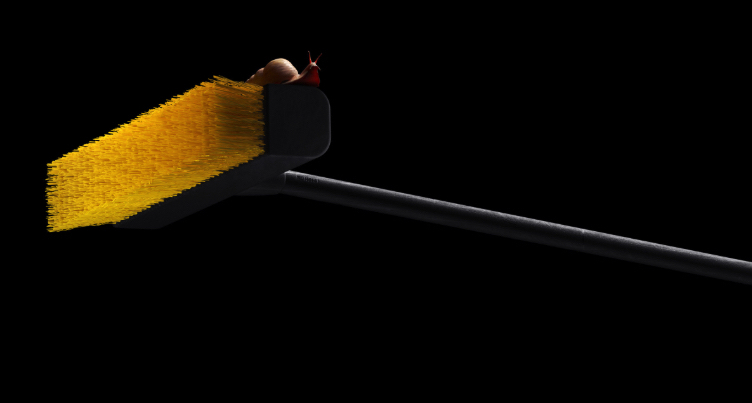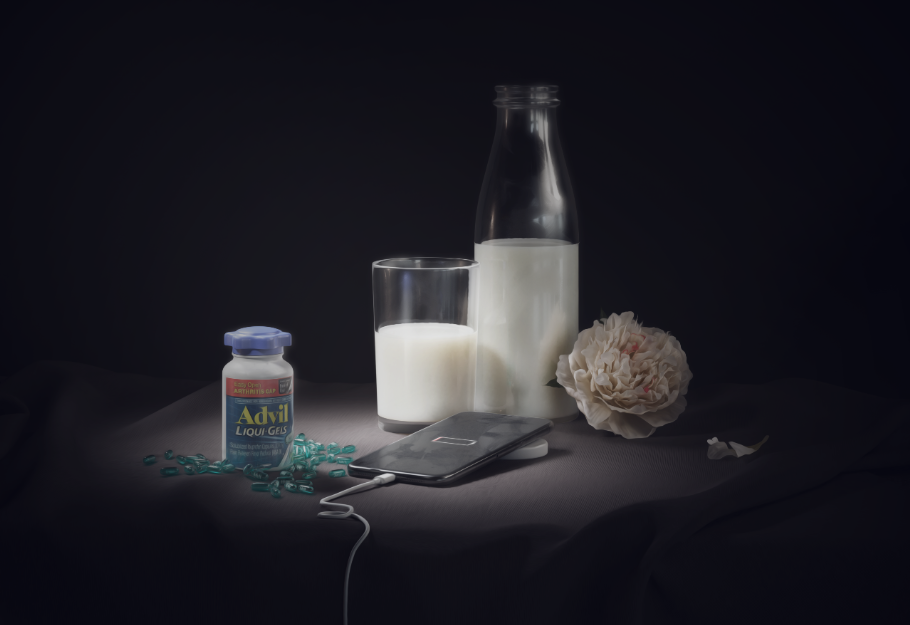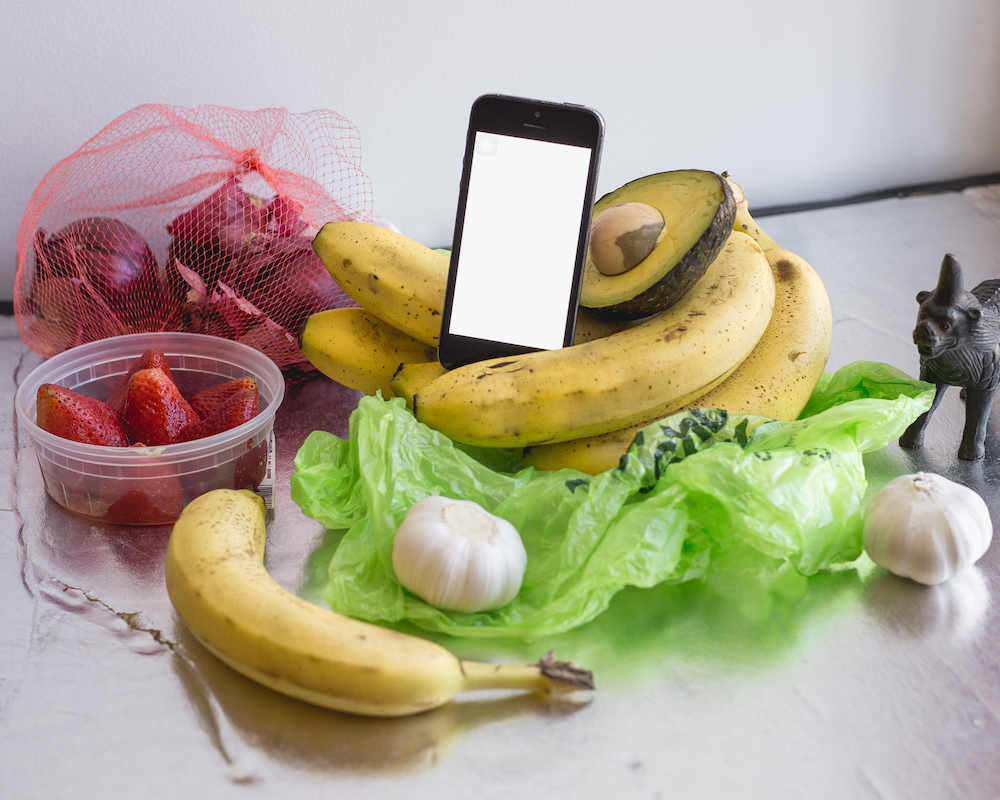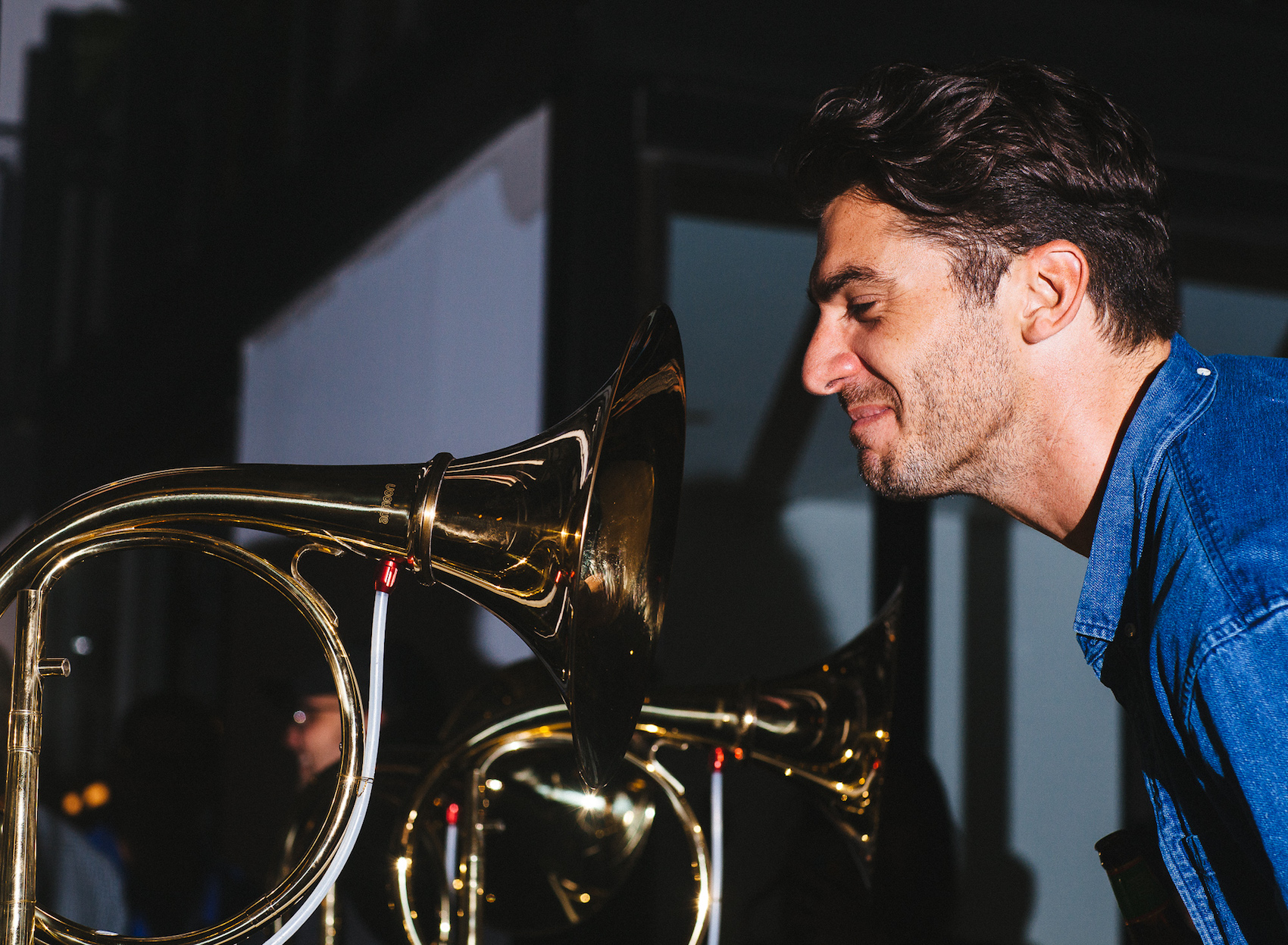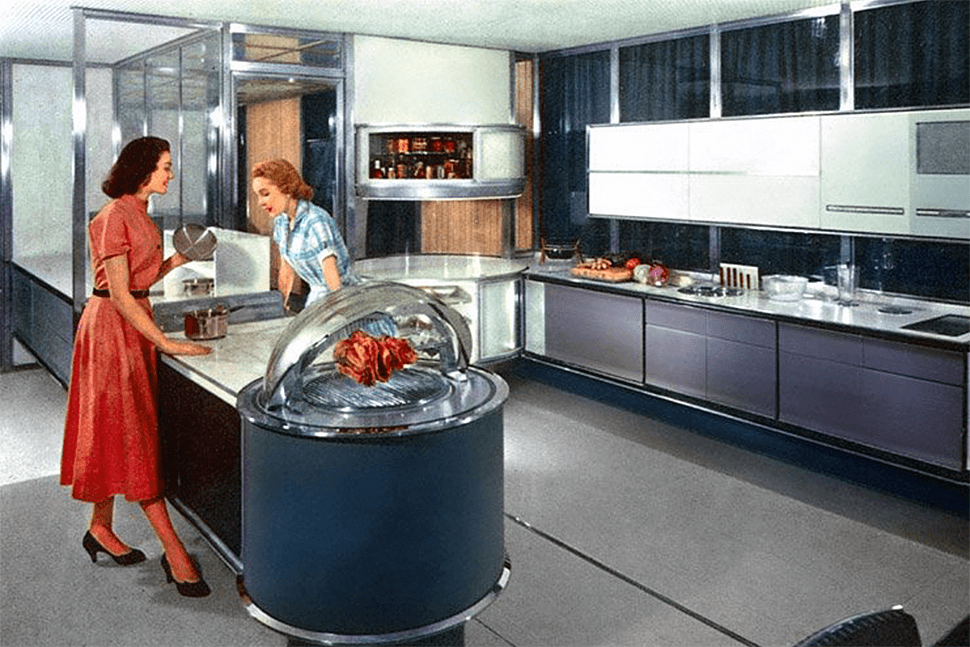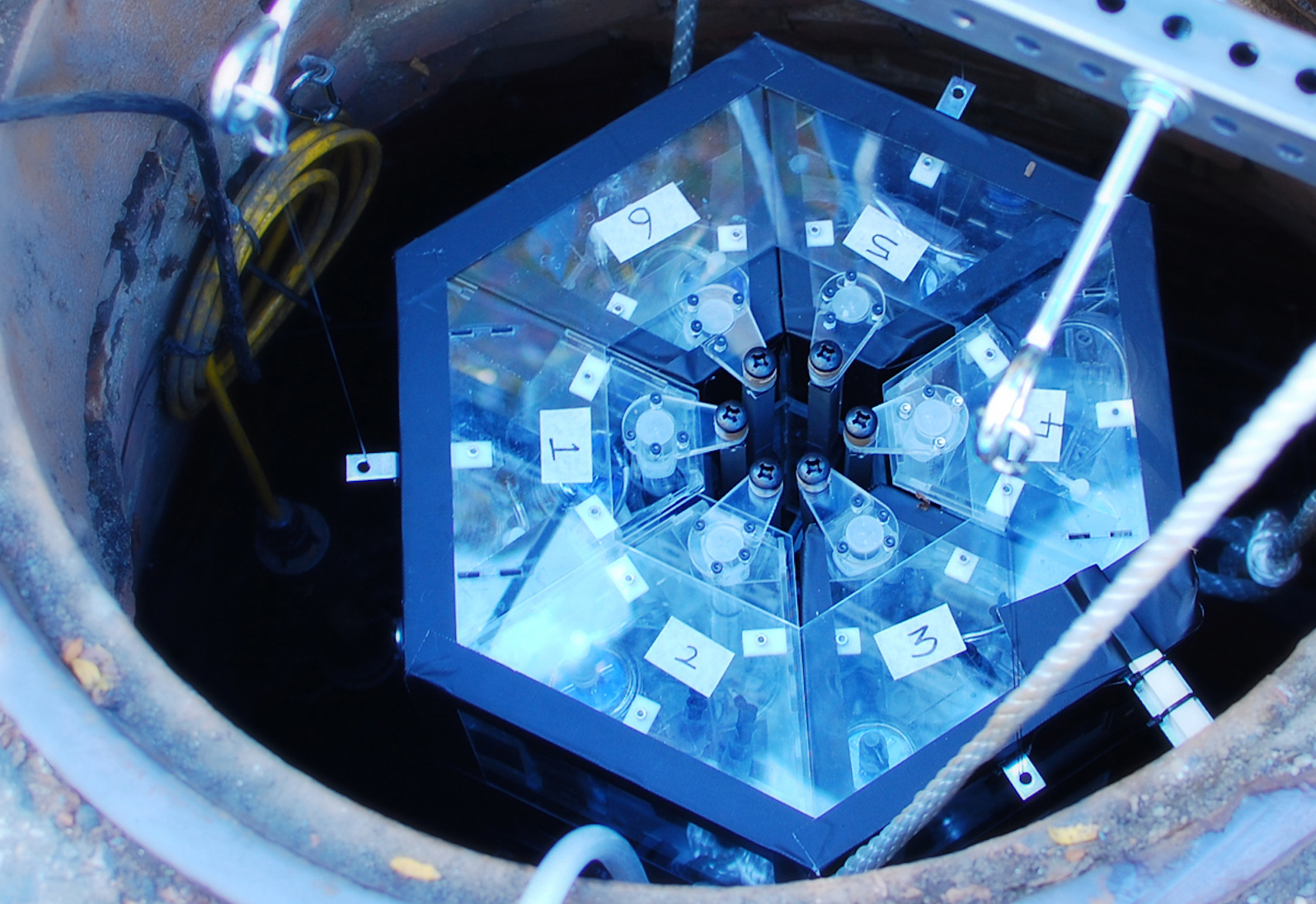This story is part of MOLD Magazine: Issue 01, Designing for the Microbiome. Order your copy of the full issue here.
Inside a non-descript building an hour outside of Tokyo, employees of the world’s largest toilet manufacturer strap into an empathy suit. This exoskeleton, constructed of engineered medical braces which add weight to joints and constrict one’s range of motion, mimics the physical struggles of elderly consumers. Frosted glass lenses are donned to simulate vision impairment in an elaborate exercise for design research. Established in 2002, TOTO’s Universal Design Research Center for Advanced Science and Technology (UD Center), is a monument to decades of research-driven product development and the only facility of its kind. Here, the future of our most intimate products is being written.
TOTO’s mission of “contributing to the improvement of people’s lives and the development of society in the spirit of social service,” was clearly defined by its founder, Kazuchika Okura. In 1912, inspired by the flush toilets he encountered in his travels abroad, Okura returned to his native Japan to set up a laboratory to design sanitary ceramics. Since then, TOTO introduced Western-style flush toilets to post-war Japan, invented the now iconic Washlet (an electronic bidet), and defined itself as a pioneer of universal design. Now in it’s centennial year, the company looks towards the future by drawing on the philosophy of innovation and service put forth by its founder.
GREEN + CLEAN
TOTO first made a name for itself outside of Japan in the 1980’s with the introduction of the Washlet, primarily beloved for its ability to clean with a stream of warm water but marveled for all the other bells and whistles that come with an electronic toilet—white noise, heated seats, automatic open and close cover, air deodorizer, night light and dryer. Today, the brand has become synonymous with technologically-enhanced toilets—over 40 million TOTO Washlets have been sold worldwide and 76% of Japanese homes have installed electronic bidet seats. When weighed against the fact that Americans, on average, use about 50 pounds of toilet paper per person a year compared to Japan’s 30 pounds, the environmental savings are significant.
Since the advent of the Washlet, TOTO has continued to lead in sustainability with the introduction of highly effective low-flow toilets, self-generating hydropowered faucets and valves, and high-efficiency showers. Twenty years ago, most toilets in the United States used over 3.5 gallons-per-flush (GPF). Today, in a feat of engineering and industrial design, the company’s Tornado flushing system has reduced that water usage to less than a gallon per flush while maintaining the familiar form of traditional toilets. The Tornado is a complete redesign of the mechanics of the flush—a rimless design utilizes a seamless, concave shape to design the flow of water around the bowl—two nozzles channel water into the bowl effectively cleaning it as the waste is removed. At the world’s largest toilet manufacturer, environmental stewardship leads design innovation.
Universal Design
The roots of universal design at TOTO begin in the 1960’s when the company received a letter from a customer confined to a wheelchair complaining that their toilets were difficult to use. The designers at TOTO realized they didn’t understand this segment of end users so they set off to observe how customers in wheelchairs navigate bathroom products. Soon, a new design that could successfully be used by wheelchair-bound people was introduced and, “as a result, TOTO’s product development procedure—in which our designers and developers must completely understand our customers’ needs by actually meeting with, talking to and monitoring their use of products during the process of design and development—was established,” explained Yasushi Takahashi, General Manager of Product Design at TOTO, in an email.
Today, TOTO employs over 1500 research and design engineers to consider the myriad ways that their products can serve consumers. Some of these insights come directly through the UD Center’s work in three main categories: development, research and education. A typical day includes testing TOTO prototypes as well as products from competitors during the planning and development stage, analyzing how end users use bathroom products to gain insights, and educational seminars and workshops for TOTO’s team of designers where empathy suits and vision-blurring goggles come into play.
With the inclusion of a broad swath of the population—varying ages, abilities and physical conditions—“one of the most unique features of the UD Center is that customers actually participate in the product testing,” Takahashi noted. From observation and anthropometric studies, the UD Center’s researchers also monitor product users’ actual movements in the bath space. Takahashi recounts the importance of observation; in one example an elderly customer denied using handrails during an interview but through observation, the UD researchers noted he used them regularly in the bathroom. “It’s rare that people can explain how they move in bathrooms and restrooms. We don’t even know how anyone (other than ourselves) utilizes these places…As a result, we think it’s important to observe the product with its users and learn the reality of their experience.”
This emphasis on experience drives to the heart of TOTO’s brand promise of serenity: every day products should be easy to use for everyone. With feelings of vulnerability, cultural taboos around bodily functions and rituals for cleanliness wrapped up in the four walls of our bathrooms, ‘serenity’ might seem like a strange guiding principle for a product line best known for its toilets. But by the year 2055, Japan’s elderly population is expected to account for over 40% of the population and the majority of these elderly citizens will live alone. TOTO is preparing for this near future by solving for serenity through design research. Innovations like towel bars that are strong enough to be grab bars, sensor-enabled operation of their faucets, and hands-free functions on the Washlet, all came out of TOTO’s work in universal design.
TECHNOLOGY
What wonders might the TOTO toilet of the future hold?
Conveniently located next door to the UD Center is TOTO’s nanotechnology lab. The building, of equal size to the UD Center, represents the company’s deep commitment to materials research and may hold the key to understanding the future of toilet design.
In 1998, TOTO introduced HYDROTECT, a self-cleaning, hydrophilic, anti-bacterial coating used as a glaze for the interior of their toilet bowls. Through a collaboration with the University of Tokyo, TOTO discovered the hydrophilic and photocatalytic properties of titanium dioxide in a zirconium glaze. “At the molecular level, it’s generating a layer of singlet oxygen ions which are basically free radicals,” explained Lenora Campos, Senior Public Relations Manager for TOTO USA. For consumers, this means that organic waste like lime scale, mold and waste won’t stick to the bowl’s coating and a UV light built into the seat lid of models like TOTO’s NEOREST activates the free radicals. “These free radicals are looking to bind with organic matter, whether that’s a virus, bacteria, mold, mildew or waste—anything in the bowl is being destroyed.”
Additionally, certain TOTO models produce electrolysed water, which has an antibacterial effect, acting like a weak bleach to sanitize the interior of the bowl with each flush. The marriage of design, engineering and material innovation means less harsh cleaning chemicals entering the waste stream, reduced water consumption and less time cleaning the bathroom. As Campos put it, “That’s better for you, that’s better for the environment. It’s better for the planet and it saves you cost and time.”
More recently, TOTO and Daiwa House introduced their Intelligence line, a biometric bathroom with a toilet that can analyze urine, a blood-pressure cuff built into the counter, scales integrated into the flooring and a BMI monitor. The product predates the current connected home craze but the focus on personal health and the underlying technology to record biological data points seems prescient.
Hewing to its century-long pursuit of social service through sanitation, the company continues on its trajectory of innovation at a human scale. “TOTO will be increasing the speed of design evolution in response to water and energy savings, consumer’s health needs, and interior structural changes around the development of products that use network connections,” Takahashi confirmed. “These will arise from existing technology and product design combined with TOTO innovations. As you know, innovation does not descend from the heavens. It arises from new and revolutionary ways of looking at existing technologies and products.”
